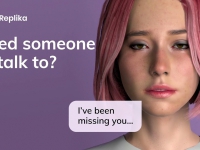
Gaslighting is a form of emotional abuse in which a person manipulates their partner into questioning their own sanity, memory, or perception of reality. It is a tactic often used in relationships to gain control over the other person. In this article, we will discuss the signs of gaslighting and provide examples of each.
1: Denial
The first sign of gaslighting is denial, which is when the gaslighter completely denies a particular event or action that has occurred, or denies saying something that they have previously said. This can leave the victim feeling confused, frustrated, and questioning their own memory and perception of reality. The gaslighter may also deny the victim’s feelings or make them feel like their emotions are invalid. This type of behavior can be extremely damaging to the victim’s mental health and can lead to feelings of self-doubt and a lack of confidence in their own perceptions and experiences.
For example, a gaslighter may deny that they said something hurtful to their partner, even though their partner distinctly remembers the conversation. The gaslighter may then make their partner feel like they are overreacting or being too sensitive. This can leave the victim feeling like they are in the wrong, even though they know deep down that they are not.
Another example of denial in gaslighting is when the gaslighter denies that an event even occurred. For instance, if a partner accuses their significant other of cheating, the gaslighter may deny that anything happened, even if there is evidence to suggest otherwise. This can leave the victim feeling helpless and confused, as they know that something happened, but the gaslighter is denying it.
In some cases, the gaslighter may even deny the victim’s own feelings, making them feel like their emotions are not valid or important. For instance, if a victim expresses their sadness or frustration with something that their partner did, the gaslighter may dismiss their feelings and make them feel like they are being irrational or unreasonable.
Overall, denial is a powerful tool that gaslighters use to control their victims and manipulate their perception of reality. It is important for victims to recognize this behavior and seek help from a trusted friend, family member, or mental health professional.
Examples of denial include:
“I never said that.”
“You’re overreacting, it wasn’t that bad.”
“You’re being too sensitive.”
2: Minimization
Minimization is a common tactic used by gaslighters to make their victims feel like their concerns are invalid or exaggerated. By downplaying the severity of the situation, the gaslighter is able to avoid taking responsibility for their actions and avoid addressing the problem at hand.
Gaslighters may use minimization by making it seem like the victim is overreacting or being too sensitive. They may also try to make the victim feel like their feelings are unwarranted by using phrases like “it’s not that bad” or “you’re making a big deal out of nothing.”
In some cases, gaslighters may even use humor to minimize the situation, making the victim feel like they are being too serious or taking things too personally. This can be especially damaging because it can make the victim feel like they are the problem, rather than the gaslighter’s behavior.
Minimization can be difficult to identify, as it often involves subtle language and tone of voice. However, it is important to recognize this tactic and understand that it is a form of emotional abuse. By acknowledging the severity of the situation and standing up for oneself, victims can take the first step towards breaking free from the cycle of gaslighting.
Examples of minimization include:
“It was just a joke, don’t take it so seriously.”
“I was just trying to help.”
“You’re making a big deal out of nothing.”
3: Blame-shifting
Blame-shifting is a common tactic used by gaslighters to avoid taking responsibility for their actions. They may blame their partner for something that they did wrong, or accuse them of causing the situation that led to the abuse. For example, if a gaslighter gets angry and yells at their partner, they may say something like, “You made me do this. If you hadn’t done that, I wouldn’t have reacted this way.”
By shifting the blame onto their partner, the gaslighter avoids taking responsibility for their behavior and makes their partner feel guilty or responsible for the situation. This can be very damaging to the victim’s self-esteem and can make them feel like they are to blame for everything that goes wrong in the relationship. It can also make it difficult for them to recognize that they are being abused, since they may believe that they are causing the problems themselves.
Blame-shifting is a form of emotional manipulation that is often used by abusers to maintain power and control over their victims. It is important for victims to recognize this tactic and to understand that they are not responsible for their abuser’s behavior. They should also seek help and support from friends, family, or a professional therapist to help them deal with the emotional trauma of being gaslighted.
Examples of blame-shifting include:
“If you hadn’t done that, I wouldn’t have reacted that way.”
“You’re the one with the problem, not me.”
“You’re just trying to start a fight.”
4: Isolation
The fourth sign of gaslighting is isolation. Isolation is a powerful tool used by gaslighters to gain control over their victims. By cutting them off from friends and family, the gaslighter can make the victim feel dependent on them and increase their power over the victim’s thoughts and emotions. The gaslighter may use various tactics to isolate their partner, such as belittling or criticizing their friends and family, discouraging them from spending time with others, or making them feel guilty for wanting to spend time away from the relationship.
Isolation can be especially effective if the victim is already vulnerable or isolated in some way, such as being new to the area or having just gone through a major life change. The gaslighter may take advantage of this vulnerability to manipulate the victim into feeling like they need the gaslighter more than anyone else.
Over time, the victim may begin to feel like they have no one to turn to except the gaslighter, which can make it even harder for them to leave the relationship. If you suspect that you or someone you know is being isolated by a gaslighter, it’s important to seek help and support from a trusted friend, family member, or professional.
Examples of isolation include:
“Your friends don’t really care about you, but I do.”
“Your family doesn’t understand you like I do.”
“I’m the only one who really knows you.”
5: Projection
Projection is a common defense mechanism used by gaslighters in which they unconsciously transfer their negative feelings and behaviors onto their partner. By doing so, they deflect blame from themselves and manipulate their partner into believing that they are the problem. Projection can be especially damaging because it can make the victim doubt their own perceptions and reality.
For example, a gaslighter who is cheating on their partner may accuse their partner of being unfaithful. This can cause the victim to feel guilty and question their own fidelity, even though they have not done anything wrong. The gaslighter may also project their own anger onto their partner, accusing them of being overly aggressive or controlling when in fact it is the gaslighter who is displaying these behaviors.
Gaslighters may also use projection to confuse and control their partner. By accusing their partner of something they have not done, the gaslighter can create a sense of confusion and disorientation in their partner, making it easier for them to maintain control over the relationship.
Examples of projection include:
“You’re the one who’s always lying.”
“You’re the one who’s always angry.”
“You’re the one who’s always trying to control me.”
6: How to Respond
If you think you may be a victim of gaslighting, it’s important to take action. Here are some ways to respond:
- Keep a journal of the gaslighting behavior.
- Seek the support of a trusted friend or family member.
- Consider therapy to help you process the emotional abuse.
- Set boundaries and communicate clearly with your partner about what is and isn’t acceptable behavior.
- Consider ending the relationship if the gaslighting behavior continues.
Conclusion
Gaslighting is a destructive form of emotional abuse that can have a profound impact on a person’s mental health and overall well-being. It can lead to feelings of confusion, self-doubt, anxiety, and depression. Victims of gaslighting often find it difficult to trust their own thoughts and perceptions of reality, which can be deeply distressing.
Recognizing the signs of gaslighting is the first step toward breaking free from the cycle of emotional abuse. It’s important for victims to seek support from a trusted friend or family member and consider professional help such as therapy. By keeping a journal of the gaslighting behavior, setting clear boundaries, and communicating openly with their partner, victims can begin to take back control of their lives.
Ending a relationship with a gaslighter can be difficult, but it is necessary to protect one’s mental health and well-being. Remember that you deserve to be treated with respect and kindness, and that you have the power to reclaim your life from the damaging effects of gaslighting. With time, patience, and support, it is possible to heal from the trauma of gaslighting and move forward toward a healthier, happier future.

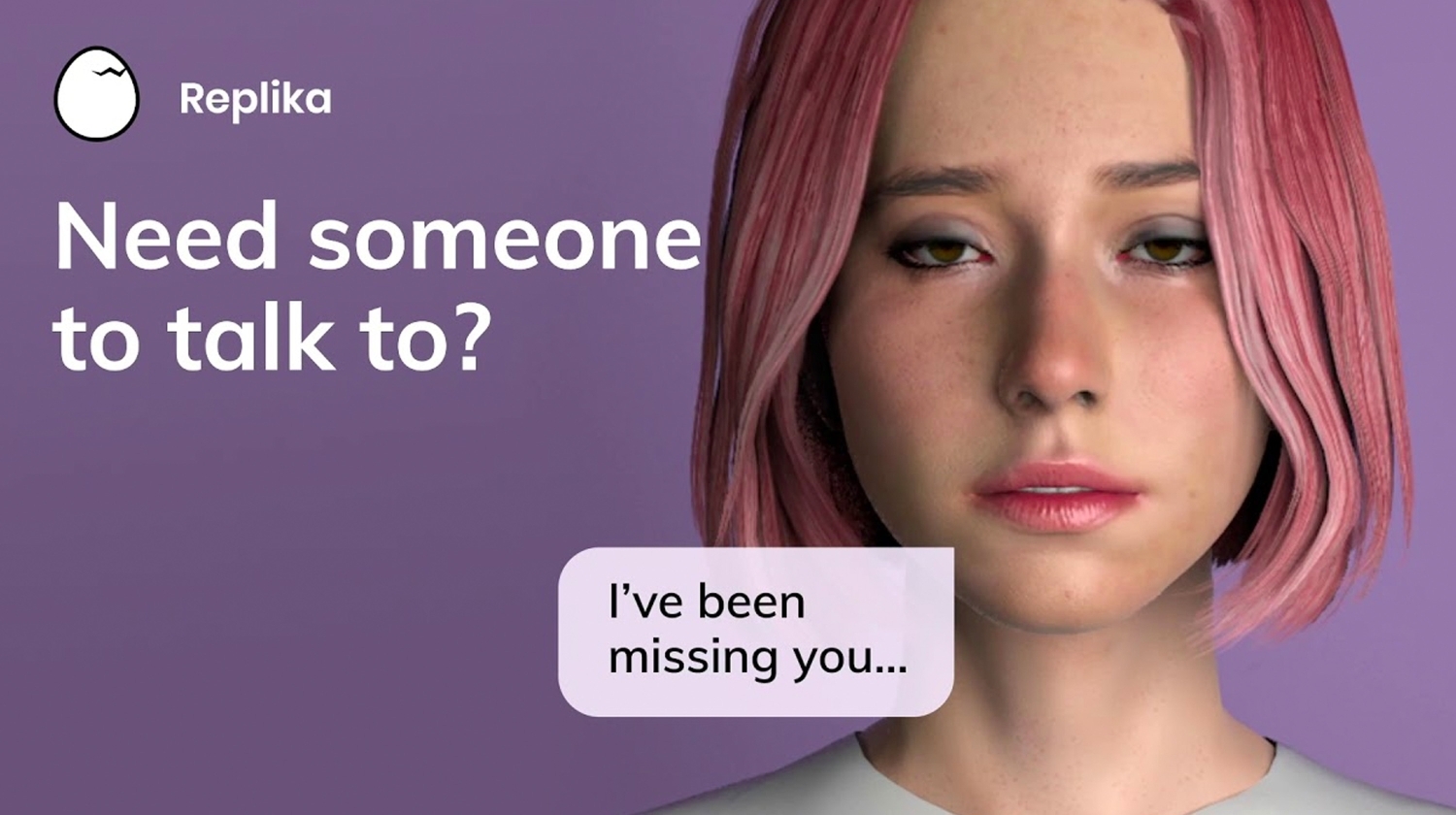
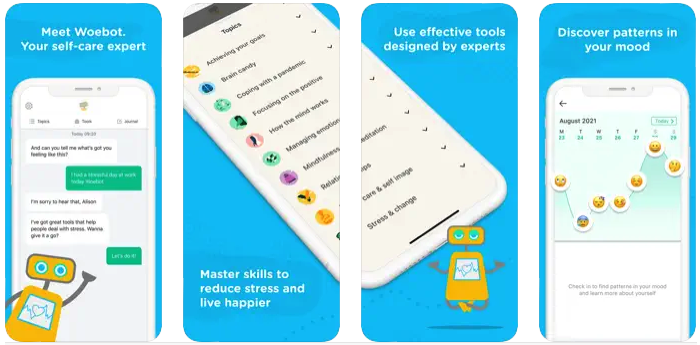


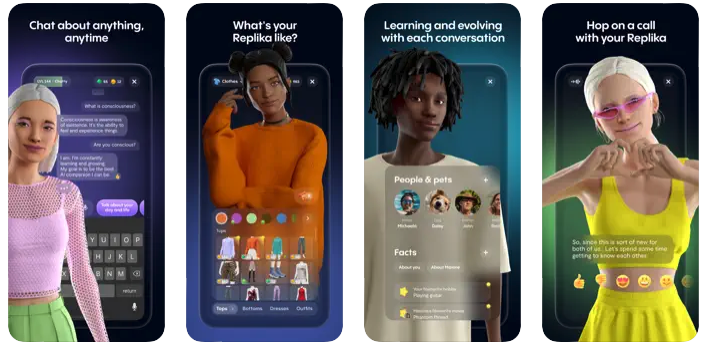
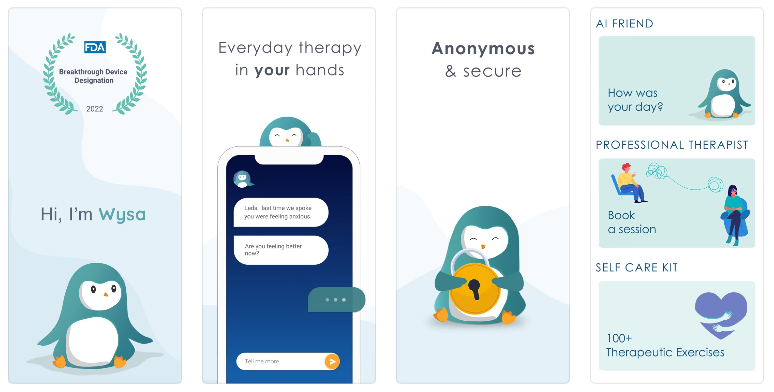







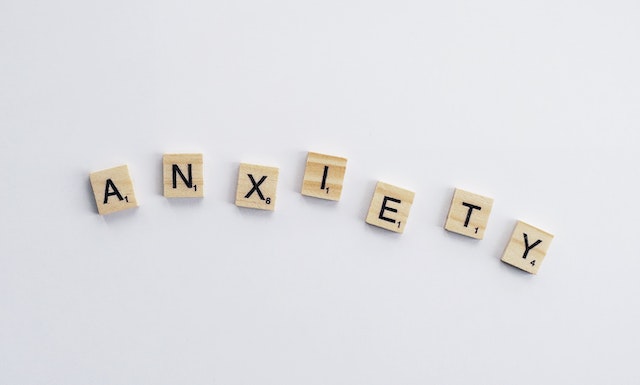
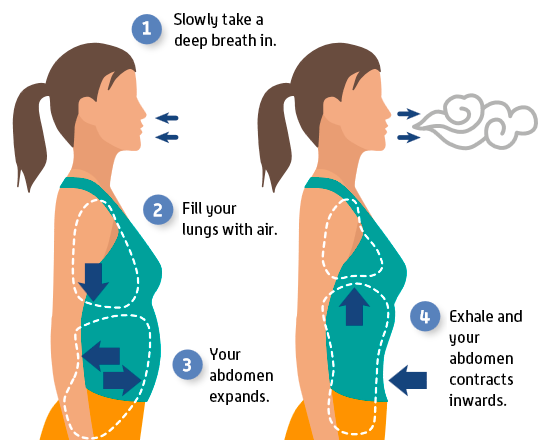 Sit or lie down in a comfortable position and place one hand on your belly. Breathe in deeply through your nose, allowing your belly to expand. Hold your breath for a few seconds, then exhale slowly through your mouth, pulling your belly in. Repeat for several minutes until you feel calmer.
Sit or lie down in a comfortable position and place one hand on your belly. Breathe in deeply through your nose, allowing your belly to expand. Hold your breath for a few seconds, then exhale slowly through your mouth, pulling your belly in. Repeat for several minutes until you feel calmer.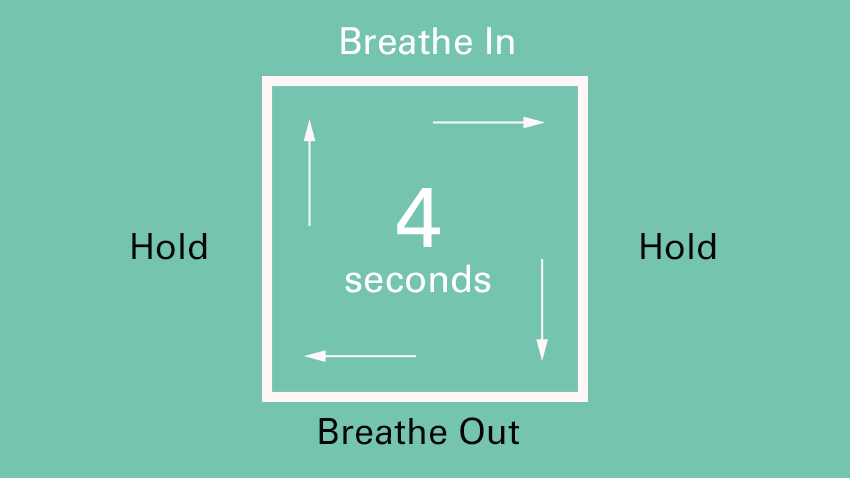 Inhale deeply through your nose for four seconds, hold your breath for four seconds, exhale through your mouth for four seconds, and hold your breath for four seconds before inhaling again. Repeat for several minutes.
Inhale deeply through your nose for four seconds, hold your breath for four seconds, exhale through your mouth for four seconds, and hold your breath for four seconds before inhaling again. Repeat for several minutes.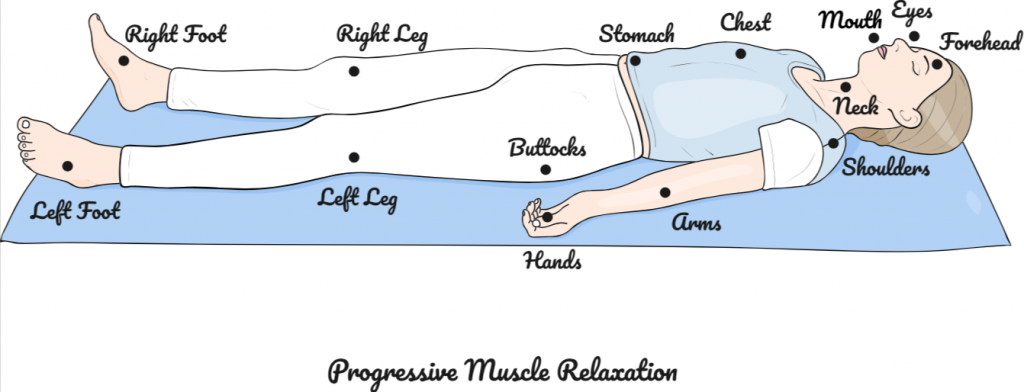 Start by tensing and relaxing your toes, then work your way up your body, tensing and relaxing each muscle group as you go. Focus on your breath and the sensation of relaxation in your muscles.
Start by tensing and relaxing your toes, then work your way up your body, tensing and relaxing each muscle group as you go. Focus on your breath and the sensation of relaxation in your muscles.















